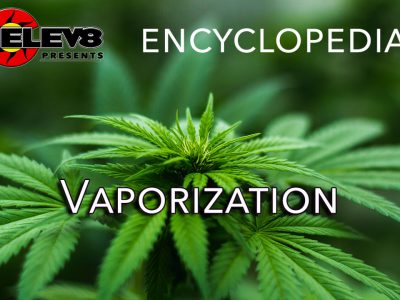Definition – rrigation is a broad term referring to any means of delivering water to growing plants. It can take a number of different forms, from irrigation ditches to drip irrigation and more. It also applies to maintaining landscaping features, such as turf/grass, trees, shrubs, and flowers.
Irrigation has essentially been used since humans first began cultivating plants. Any sort of cultivated plant requires water in order to grow and thrive. In many instances, rainfall is not sufficient to achieve this goal. In other instances, an area may experience short or prolonged periods of drought. Irrigation works to get around these problems.
More On Irrigation
There are quite a few forms of irrigation. The simplest is handwatering, which is simply pouring water over a plant and the soil surrounding it using a bucket or watering can. However, there are better ways of achieving this. Furrow or flood irrigation is the term used to describe irrigating crops using a series of furrows or ditches filled with water in the growing area to deliver water.
Drip irrigation relies on the use of drip emitters, or plastic pipes with tiny holes in them (drip hoses) designed specifically to “sweat” water out of them. This delivers a much more controlled amount of water to the plant, and reduces evaporation and transpiration.
Spray irrigation is yet another option, although this requires the use of machinery and is more expensive to implement. Spray irrigation relies on a series of hoses and sprayers or sprinklers – you’re probably familiar with this from automatic lawn-watering systems.
A derivative of this system, called gentle spray irrigation, is used in areas where wind, a lack of humidity, or high heat levels may increase water waste during irrigation. Gently spray irrigation relies on gentle force and the use of hanging pipes above the growing area to deliver vital water.






